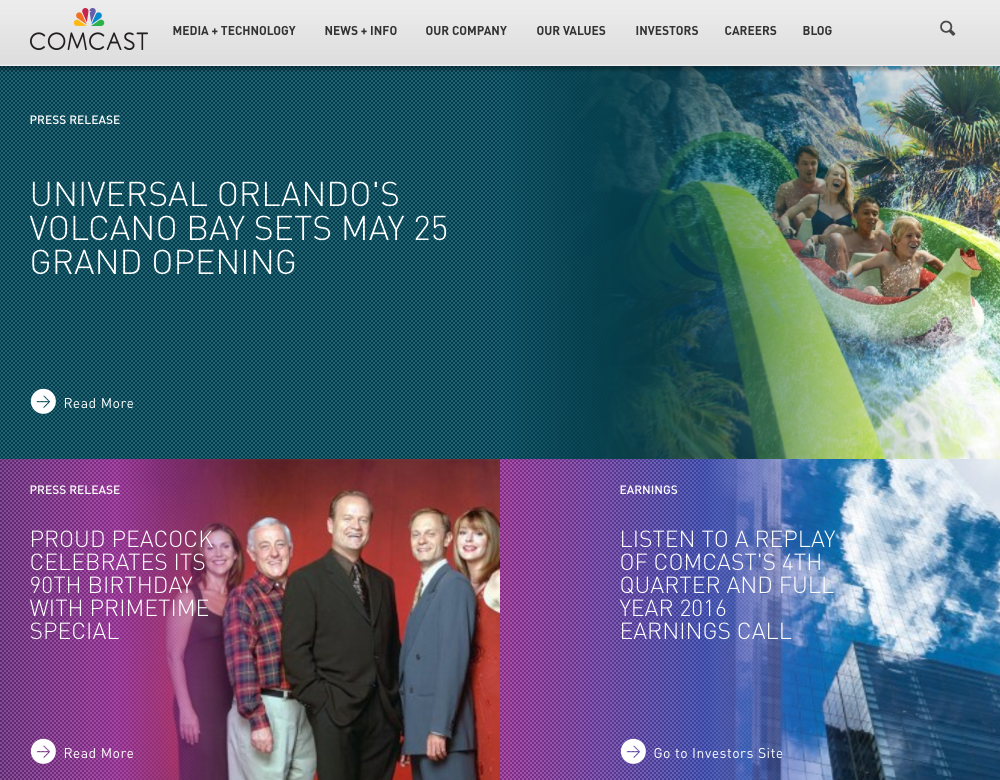The intranet flounders, if not fails, when there is no clear ownership, or governance. Show me a successful intranet, and I guarantee it has a great owner, supported by clear intranet governance.
Intranet governance details the ownership model, and the roles and responsibilities for anyone who contributes to the intranet. More often than not, the business owner of the intranet is communications (sometimes called internal communications, employee communications, or corporate communications). Often the technology owner is IT (information technology, information systems or sometime called the e-business group). As such, Communications and IT must get along, and forge a symbiotic business partnership in order for the intranet to succeed. Sometimes HR plays a key role to, but not as often or as significant as those in IT and communications.
Communications, however, are business people, with writing and marketing skills; IT have technology and engineering skills. As such, they see the corporate world differently, and at times, have competing priorities. To forge that critical relationship and partnership between the two, cooperation is tantamount to success. When the intranet marriage of IT and Communications is strained, you’re heading for intranet divorce.
FREQUENT COMMUNICATIONS
Like a marriage, the IT – Communications partnership requires regular, frequent, and frank communications. Regular meetings and conference calls are mandatory; expectations should be documented, and managed accordingly. Informal conversations are important, as are regular meetings; informal and formal collaboration and governance.
The most common governance model in recent years, in medium to large-size organizations, has been the collaborative intranet governance model. The collaborative model is most often focused on a cross-representative steering committee representing the major functional stakeholders, most particularly IT and Communications.
This model is most successful when the committee is championed by one or two key executives, often the CIO, the head of Communications, or HR. Instead of no owner, or one single owner, a collaborative team governs the intranet through the application of policies, standards and templates. This committee is typically responsible for the direction, vision, prioritization of projects, and future evolution.
About two-thirds of medium to large-size organizations have some form of collaborative governance and some form of intranet ‘steering committee’ or council. They typical committee has 6-10 individuals (mostly from IT, Communications) and is focused on:
- Mandate and vision
- Business objectives
- Policies and standardization
- Project prioritization
- Trouble-shooting and conflict resolution
THE COMCAST INTRANET
Comcast Corporation is a massive global media and technology company with nearly US$75 billion in annual revenue. Their digital workplace, and two main intranets, are also impressive.
The company is focused on two primary businesses, Comcast Cable and NBCUniversal. Comcast Cable is one of the nation’s largest video, high-speed Internet and phone providers to residential customers under the XFINITY brand and also provides these services to businesses under the Comcast Business brand. NBCUniversal operates news, entertainment and sports cable networks, the NBC and Telemundo broadcast networks, television production operations, television station groups, Universal Pictures and Universal Parks and Resorts.
The Comcast Corporate intranet, ComcastNow, has 89,000 users alone. Using the external website technology (content management system Sitecore), the intranet is an example of when the partnership between communications and IT flourishes to deliver a robust digital workplace for nearly 90,000 employees.Comcast’s Director of Internal Communications, Alexandra Dailerian, credits the success of their intranet, to a ‘superb’ partnership between communications and IT.
Many world-class intranets and digital workplaces, including those from Google, Coca-Cola, Bayer, and others, with detailed case studies are presenting at this year’s Digital Workplace & Intranet Global Forum conference in New York (Oct. 25 – 26). Early-bird registration is only $890 for the full conference.
Want more intranet articles and case studies? SUBSCRIBE TO THE FREE INTRANET INSIGHT NEWSLETTER
